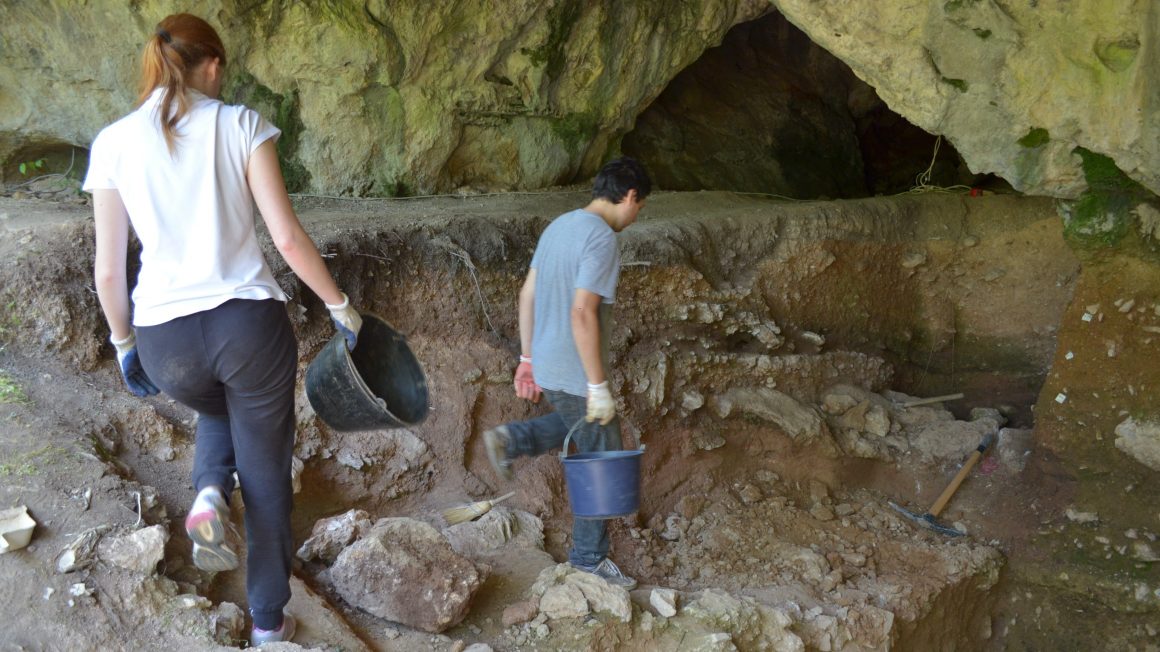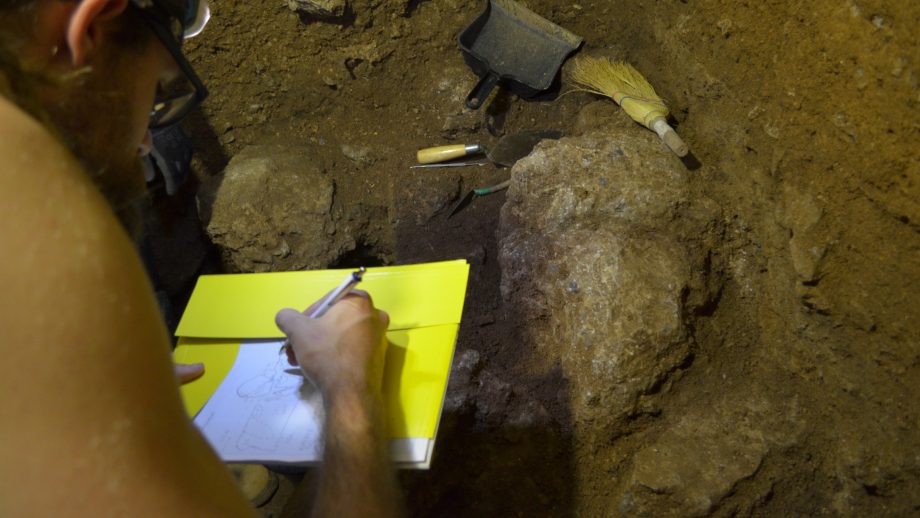Four Neanderthal teeth belonging to at least two individuals (one adult and one child) have been uncovered in Velika Balanica Cave in Sićevo George near Niš. An analysis of the teeth has been published in the Journal of Human Evolution thanks to an international collaboration between experts from Serbia and Canada, led by Dr. Dušan Mihailović from the Faculty of Philosophy, University of Belgrade (Serbia) and Dr. Mirjana Roksandic from The University of Winnipeg.
New discoveries from the Balkans are changing what we thought we knew about human interactions in the distant past.
Dr. Mirjana Roksandic
The teeth have been dated to approximately 300 thousand years old, making them the oldest Neanderthal (Homo neanderthalensis) fossils in Eastern Europe and the second oldest human fossils in Serbia, after a half-million-year-old human mandible found at Mala Balanica Cave in 2007.
Previously Neanderthal remains had only been identified at one site in Serbia, the nearby Pešturina Cave, where a single Neanderthal tooth and fragment of arm bone were discovered in 2015.
“Working on new and unpublished fossil hominin remains is a unique experience, said PhD student Predrag Radovic.
The most ancient Neanderthal remains, between 300–500 thousand years old, have been identified in Western Europe, and over time, their range expanded to Western Asia. Their presence at Velika Balanica Cave 300 thousand years ago represents the earliest evidence of their eastward expansion.
“The Palaeolithic of Eastern Europe has been understudied compared to Western Europe and the Middle East. New discoveries from the Balkans are changing what we thought we knew about human interactions in the distant past,” said Roksandic.
Mihailović agrees. “This is the place of contact between continents, and finding evidence that it was so 300 thousand years ago is amazing.”
Cultural connections in the Middle Paleolithic era
The Velika Balanica teeth were also found in association with evidence of fireplaces and stone tools for processing leather known as Quina scrapers. In contrast to the fossil remains, the oldest evidence for these types of tools is found in the the Acheulo-Yabrudian of the Middle East, and only much later are found further west.
This suggests that during the Middle Paleolithic era, the Balkans may have been a place of cultural contact between the populations of Europe and those of the Levant.
It is still not possible to say with certainty whether the spread of these cultural innovations was due to migrations of people or to the transmission of cultural knowledge between communities, nor can we identify the original bearers of this technology (Neanderthals or some other species). It is certain, however, that these innovations later led to the final shaping of cultural patterns characteristic of the Middle Paleolithic – a period that represents one of the major turning points in the early history of the humankind.
University of Manitoba PhD Candidate Joshua Lindal has worked closely with Roksandic on this discovery.
“Hybrids between Neanderthals and modern humans have recently been confirmed based on DNA studies,” he said. “With the growing number of discoveries coming out of the Balkans, every year we get closer to understanding what the relationship between our species was really like.”
Archaeological excavations of the caves near Niš (Pešturina, Mala and Velika Balanica) are undertaken in cooperation between the Faculty of Philosophy in Belgrade and The University of Winnipeg and are financed by the NEEMO project of the Science Fund of the Republic of Serbia, the Ministry of Culture and Information of the Republic of Serbia and the Natural Sciences and Engineering Research Council of Canada.
The Journal of Human Evolution is one of the leading academic journals in the field of human evolution. Read the published paper.






